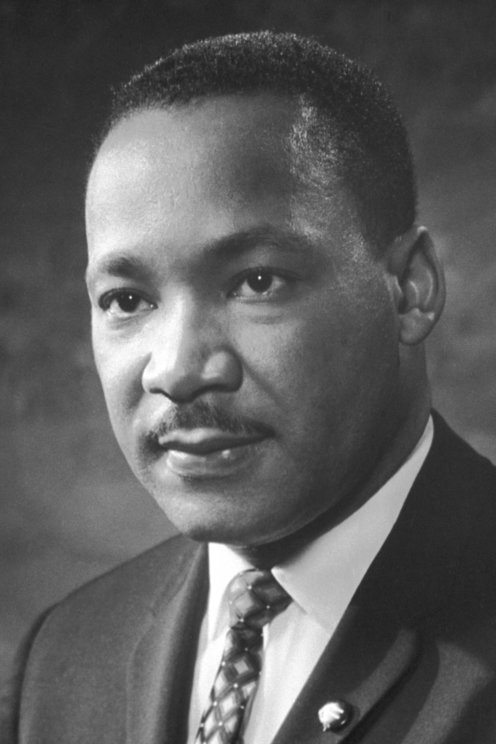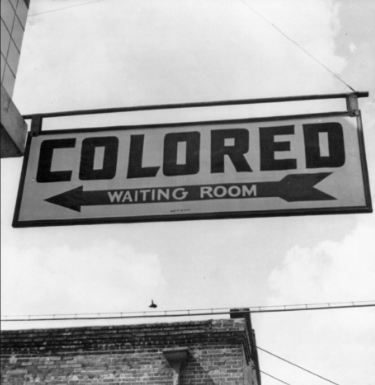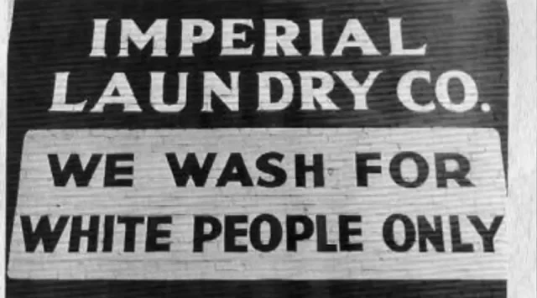There was disagreement about the fate of former slaves at the end of the Civil War. “One group argued for colonization, either by returning the slaves to Africa or creating their own homeland. In 1862 President Abraham Lincoln recognized the ex-slave countries of Haiti and Liberia, hoping to open up channels for colonization, with Congress allocating $600,000 to help. While the colonization plan did not pan out, the country, instead, set forth on a path of legally mandated segregation.” (History Channel Website) Disagreement took place over how much freedom that former slaves deserved--partial or total.
Under the system of segregation, African American people realized that they were being treated unfairly and wanted to fight back. It was Martin Luther King, Jr. and his contemporaries who decided to adopt the tactic of nonviolent protesting to fight segregation and injustice. Methods such as sit-ins and boycotts were employed.

Martin Luther King Jr.- nobelprize.org




